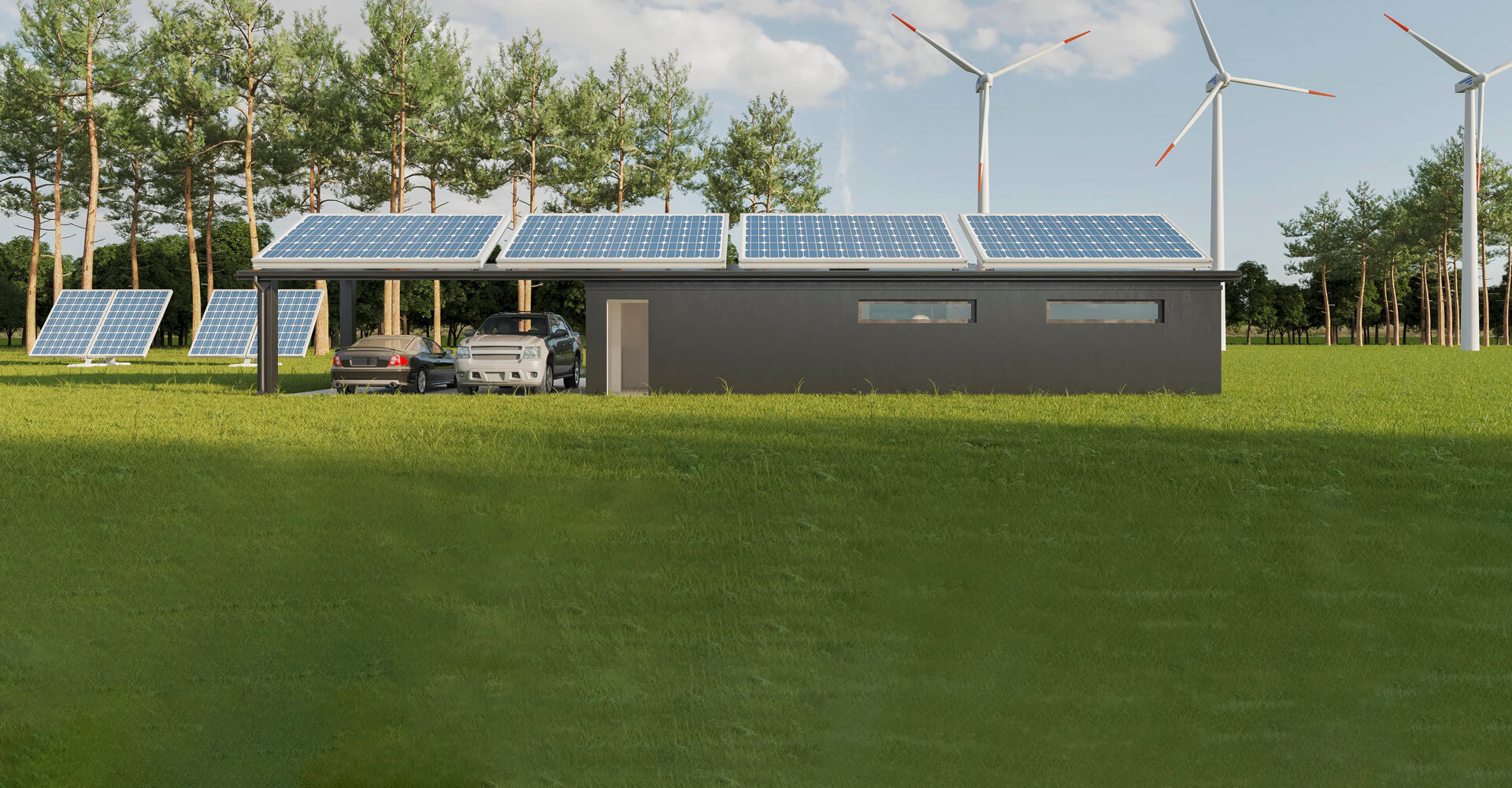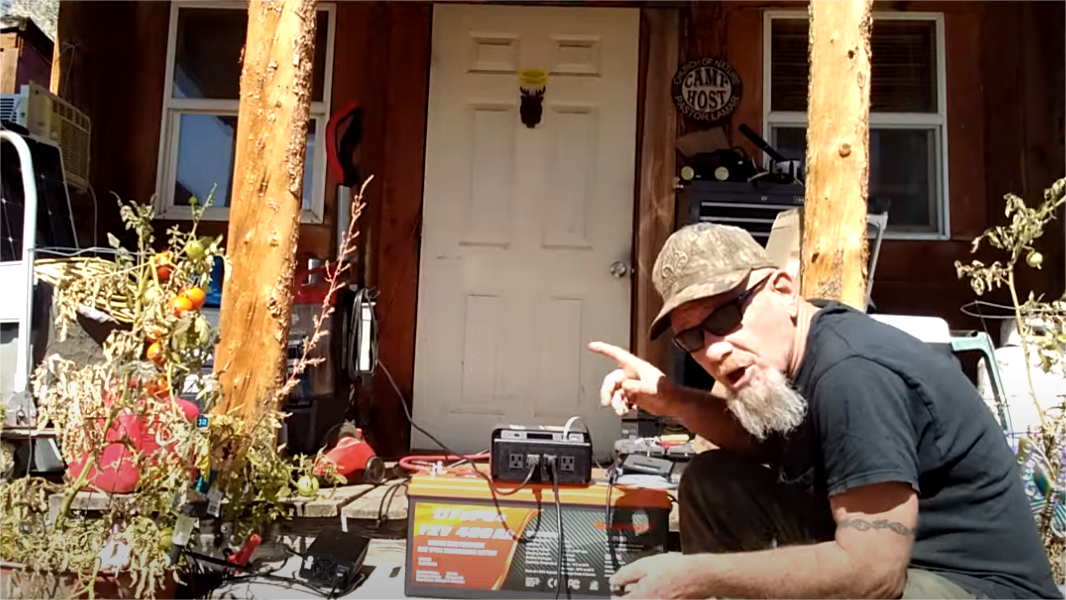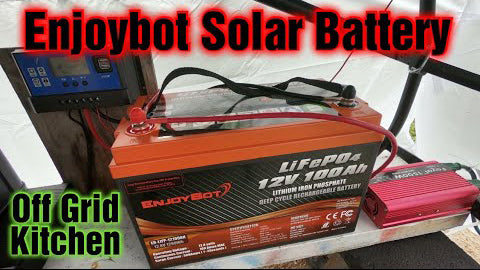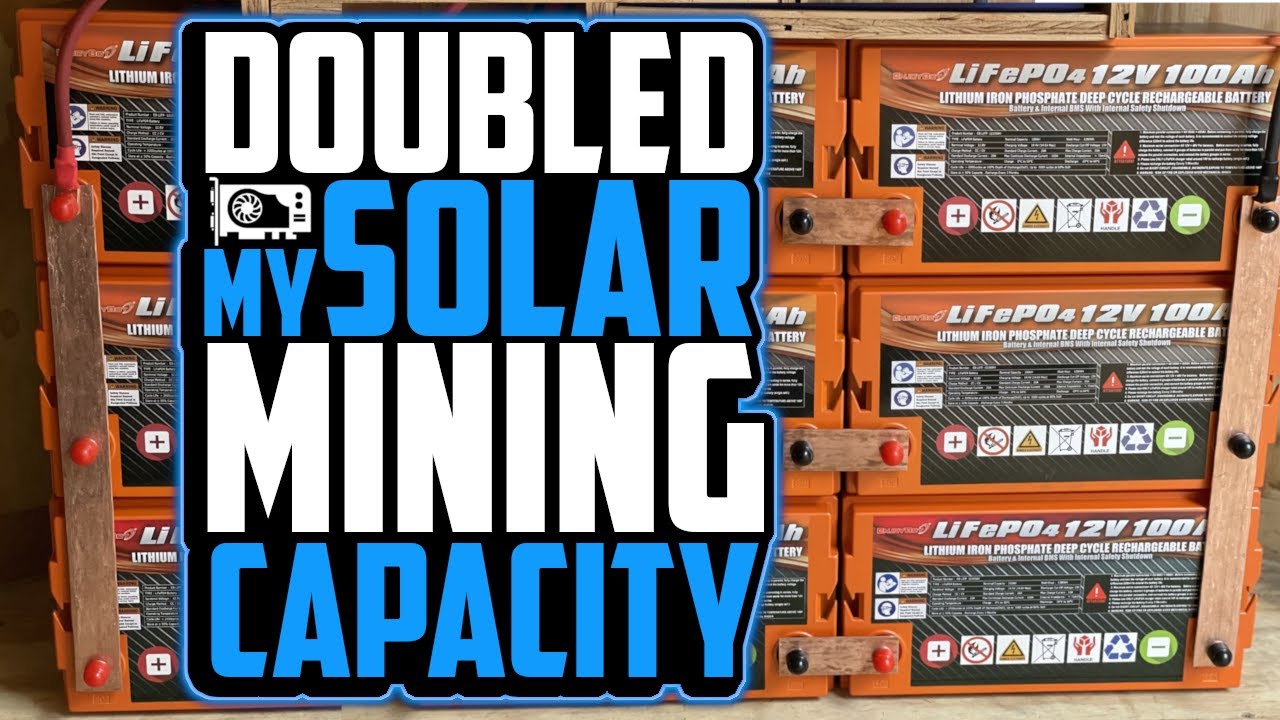Enjoybot LiFePO4 off-grid solar lithium battery is a deep cycle battery made of lithium iron phosphate for maximum energy efficiency. Built for use in off-grid electrical systems powered by solar energy, Enjoybot LiFePO4 battery give you twice the run time as your AGM or lead acid house battery and has a lifespan that is also 4X long. Additionally, it weighs only half as much as a traditional SLA battery. Investing in solar power is smart, and pairing solar power with lithium batteries is even smarter. Get rid of the shackles of shore power and enjoy a more free off-grid life.

How to set the parameters of MPPT and inverter?


How to connect multiple batteries in series and parallel?
The correct way to connect multiple batteries in parallel is to ensure that the total path of current in and out of each battery is equal.
There are 4 ways to do this:
1. Diagonal connection.
2. The cable length from the inverter to each battery must be equal.
3. Connect diagonally in the center, making sure all cables are the same length.
4. Use the busbar.
 Please note: Before connecting batteries in series and parallel, please fully charge the individual batteries first, and then connect them in parallel for 24 hours, so that the batteries can be automatically balanced before connecting them in series and parallel.
Please note: Before connecting batteries in series and parallel, please fully charge the individual batteries first, and then connect them in parallel for 24 hours, so that the batteries can be automatically balanced before connecting them in series and parallel.
How many solar panels do I need to charge the battery?
The answer depends on many factors, including the power of the load, the capacity of the battery, the wattage of the solar panel, and the amount of sunlight available.
But in general, the calculation method is as follows:
Assume that your 1-day load power consumption is 2 kWh, the battery pack specification is 12.8V 200AH, and the effective sunshine for a day is 4.5 hours. It is required to fully charge the battery in one day.
Total battery capacity: 12.8V * 200AH=2560WH
A set of 12.8V 200AH batteries can just meet your daily electricity needs.
Solar panel power: 2560Wh/4.5h=568.8W
Solar panel power: 600W*4.5h=2700WH
Therefore, a 600W solar panel can fully charge the battery for one day.
Most solar panels have a power range of 100 to 300 watts.
Therefore, the total wattage divided by the power of the individual panels gives the number of panels required.
Would I need a battery controller so I don't overcharge?
No worries about the over-charge problem, the BMS system will our battery protect from over-charge, over-discharge, overcurrent, overload, overheating, and short circuit.
The MPPT charge controller is also necessary, it can collect more solar energy efficiently. For example, your 200W solar panel can generate 0.9 kWh per day, if the MPPT is not connected, the battery can only collect 0.4-0.5 kWh energy.

















































